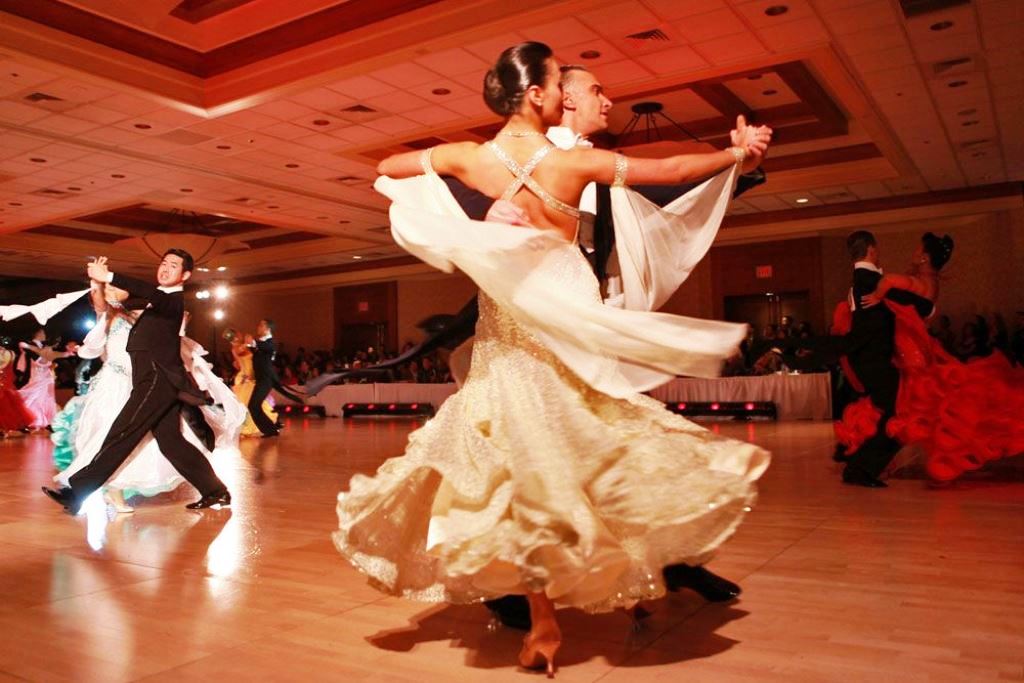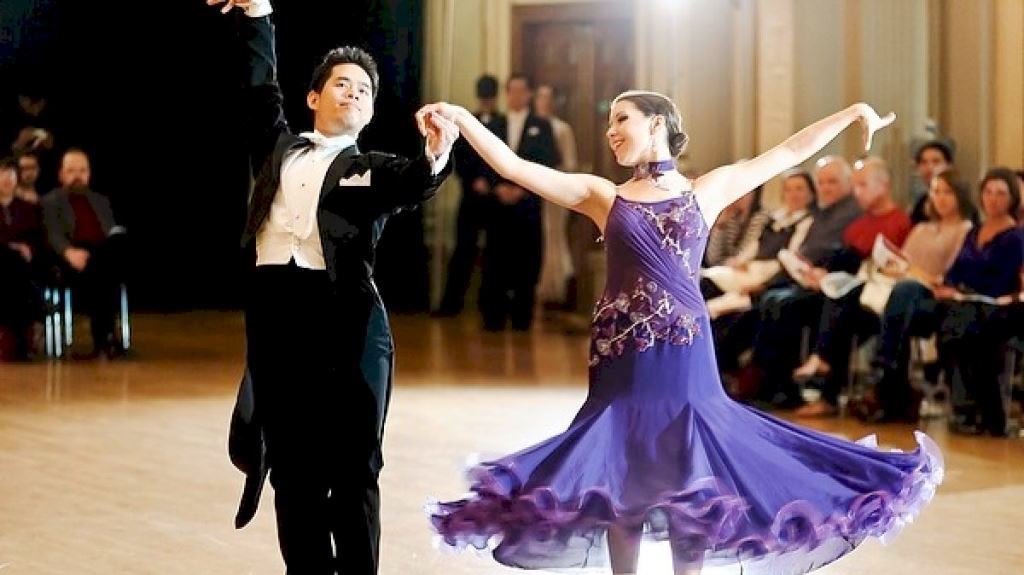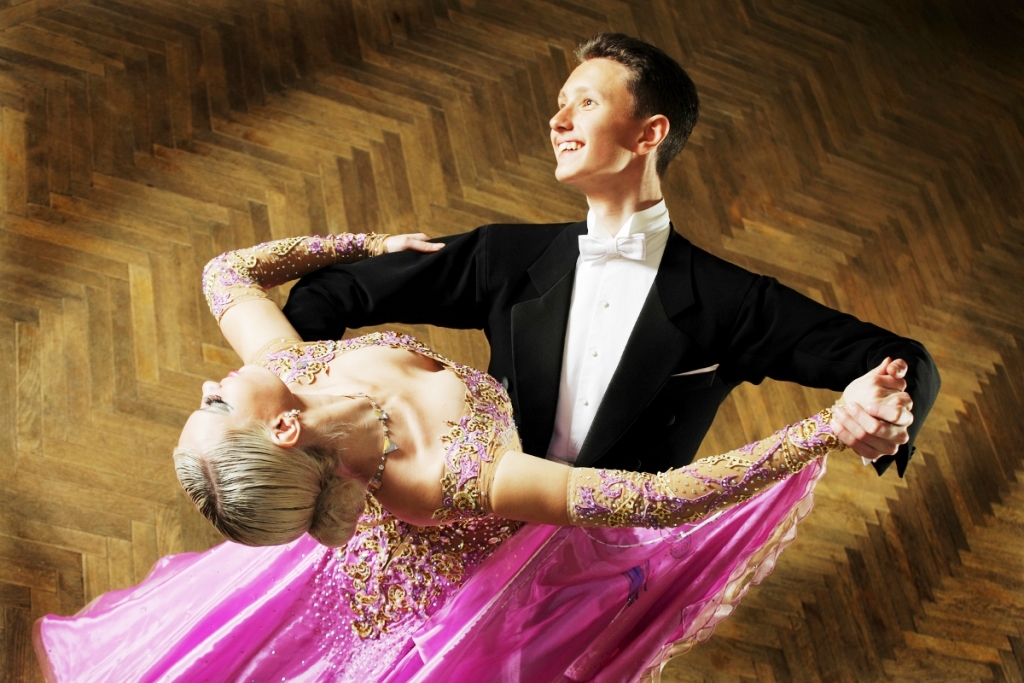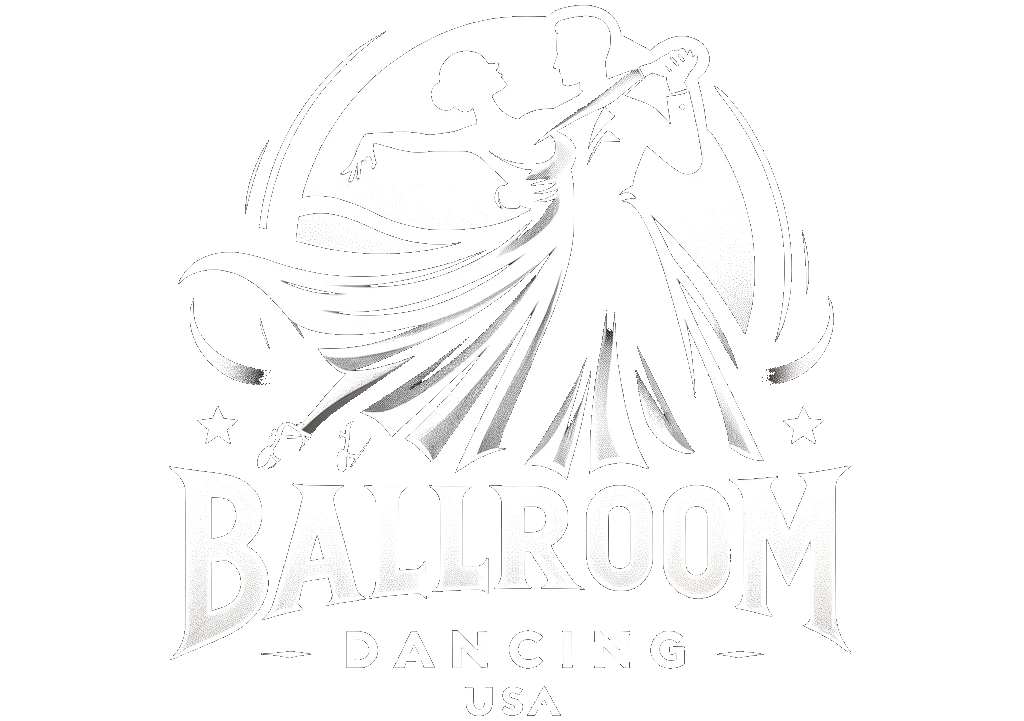
1. Introduction to the Role of Music in Ballroom Dancing
Introduction to the Role of Music in Ballroom Dancing
Music is an integral part of the ballroom dancing experience. It sets the pace, mood, and atmosphere of the dance, and can even influence the way the steps are performed. The music chosen for a particular dance can have a huge effect on the overall feel of the dance, and can even be the deciding factor in whether or not a particular dance is enjoyable for the couple.
Music has been used in ballroom dancing for centuries. It is believed that the first ballroom dances were accompanied by music, and the use of music has been a part of the ballroom dancing experience ever since. Music has been used to set the mood for the dance, to create an atmosphere of elegance and sophistication, and to provide a backdrop for the steps that are being performed.
Types of Music Used in Ballroom Dancing
The types of music used in ballroom dancing can vary greatly, depending on the style of dance and the preferences of the couple. Traditional ballroom music is often slow and romantic, and can be anything from classical to jazz. Latin-style music is often more upbeat and energetic, and can range from salsa to merengue. Modern ballroom music is often a mix of both traditional and Latin styles, and can include a wide variety of genres, from pop to hip-hop.
The Role of Music in Shaping the Ballroom Dance Experience
The music chosen for a particular dance can have a huge effect on the overall feel of the dance. It can set the mood and atmosphere of the dance, and can even influence the way the steps are performed. Music can also be used to create a sense of unity between the couple, as they move together in time to the beat of the music.
By carefully selecting the right music for the dance, couples can create a unique and enjoyable experience that will be remembered for years to come. Music can be used to create a sense of romance, elegance, and sophistication, or can be used to create an atmosphere of energy and excitement. No matter what type of music is chosen, it can be used to create a memorable experience that will be enjoyed by both the couple and the spectators.
2. Different Types of Ballroom Music
Different Types of Ballroom Music
Ballroom dancing is a genre of dance that is accompanied by a wide variety of musical styles. From classical to modern, there are many types of music that can be used to create a unique and enjoyable ballroom dancing experience.
Classical Music
Classical music is one of the most popular choices for ballroom dancing. This type of music is often associated with the Waltz, Foxtrot, and Viennese Waltz. It is characterized by its formal structure and often contains a strong melodic line. Examples of classical music used for ballroom dancing includes pieces by Johann Strauss, Frederic Chopin, and Wolfgang Amadeus Mozart.
Latin Music
Latin music is another popular choice for ballroom dancing. This type of music is often associated with the Cha Cha, Rumba, and Samba. It is characterized by its syncopated rhythms and often has a strong emphasis on percussion. Examples of Latin music used for ballroom dancing includes pieces by Sergio Mendes, Tito Puente, and Gloria Estefan.
Modern Music
Modern music is also used for ballroom dancing. This type of music is often associated with the Quickstep, Jive, and Paso Doble. It is characterized by its fast tempo and often contains a strong rhythmic line. Examples of modern music used for ballroom dancing includes pieces by Lady Gaga, Bruno Mars, and Beyonce.
3. How Music Affects the Mood of a Ballroom Dance
How Music Affects the Mood of a Ballroom Dance
Music is an essential part of the ballroom dance experience. It sets the tone and mood for the dance, and it can even help dancers improve their technique and performance. The type of music chosen for a ballroom dance can have a huge impact on the overall atmosphere of the dance.
The Power of the Beat
The rhythm of the music is one of the most important aspects of a ballroom dance. The beat of the music helps to guide the dancer’s movement and keep them in time. Different ballroom dances require different tempos and beats, so it’s important to choose music with the right tempo and rhythm for the dance.
The Mood of the Music
The mood of the music is also important for creating the right atmosphere for a ballroom dance. The music should be upbeat and energetic, and should evoke feelings of joy and excitement. The music should also be appropriate for the type of ballroom dance being performed. For example, a waltz should be romantic and graceful, while a salsa should be passionate and fiery.
The Emotional Power of Music
The emotional power of music can be a powerful tool for ballroom dancers. Music can evoke emotions that can help dancers to connect with each other and create a stronger bond between partners. Music can also help to create a sense of unity and harmony between the dancers, which can help to make the dance more enjoyable.
Conclusion
Music plays an important role in shaping the ballroom dance experience. The type of music chosen for a ballroom dance can have a huge impact on the overall atmosphere of the dance. The rhythm of the music helps to guide the dancer’s movement, while the mood of the music should be appropriate for the type of ballroom dance being performed. The emotional power of music can also help to create a stronger connection between partners and a sense of unity between the dancers.
4. How Music Guides the Movement of Ballroom Dancers
How Music Guides the Movement of Ballroom Dancers
Music plays an integral role in the ballroom dancing experience, providing the rhythm and tempo for the dancers’ steps and movements. The type of music chosen for a particular dance will vary depending on the style of the dance and the individual preferences of the dancers.
Rhythm and Tempo
The rhythm and tempo of the music will dictate the timing of the steps and the flow of the dance. In ballroom dancing, the dancers’ steps should always match the rhythm and tempo of the music. When the dancers move in sync with the music, it creates a beautiful and graceful effect.
Style of the Dance
The type of music chosen for a particular dance will depend on the style of the dance. For example, a waltz is traditionally danced to a 3/4 time signature, while a cha-cha is danced to a 4/4 time signature. The tempo and rhythm of the music should be appropriate for the particular dance.
Individual Preferences
The individual preferences of the dancers will also play a role in the type of music chosen for a particular dance. Some dancers may prefer a more traditional style of music, while others may prefer a more modern, upbeat style. It is important to find a balance between the two to ensure everyone enjoys the dance.
Conclusion
Music is an essential part of the ballroom dancing experience. It provides the rhythm and tempo for the dancers’ steps and movements, and the style of the music should be appropriate for the particular dance. Additionally, the individual preferences of the dancers should be taken into consideration when choosing the music for a particular dance.
5. The Role of Music in Matching Steps to the Beat
The Role of Music in Matching Steps to the Beat
Music is an integral part of any ballroom dance experience. It provides the rhythm and beat that dancers use to match their steps to the music. Music also helps to set the mood and atmosphere of a dance, and can even influence the style of the dance.
Rhythm and Beat
The rhythm and beat of a song provide the foundation for a dancer’s steps. By listening to the music, dancers can match their steps to the beat and create a cohesive dance. Different genres of music have different rhythms and beats, and dancers must learn to adjust their steps to the music they are dancing to.
Mood and Atmosphere
The type of music chosen for a ballroom dance can create the mood and atmosphere of the dance. Slow music can create a romantic atmosphere, while upbeat music can create a fun and energetic atmosphere. Music can also set the tone for a dance and influence the style of the dance.
Style of Dance
Different types of music can influence the style of a dance. Latin music can influence the style of a Latin dance, while waltz music can influence the style of a waltz. By listening to the music, dancers can adjust their steps and movements to the style of the music.
Conclusion
Music plays an important role in shaping the ballroom dance experience. It provides the rhythm and beat that dancers use to match their steps to the music. Music also helps to set the mood and atmosphere of a dance, and can even influence the style of the dance. By listening to the music, dancers can adjust their steps and movements to create a cohesive and enjoyable ballroom dance experience.
6. The Impact of Music on the Popularity of Ballroom Dancing
The Impact of Music on the Popularity of Ballroom Dancing
Music plays a key role in the popularity of ballroom dancing in the USA. Music has the power to evoke emotion and create a sense of movement, which is essential in ballroom dancing. In addition, the right music can create a connection between the dancers and the audience, allowing them to share in the experience.
The Role of Music in Setting the Mood
Music is an integral part of the ballroom dancing experience, as it helps to set the mood and create an atmosphere. Different types of music can be used to evoke different emotions, from joy to sadness, and this can be used to create a unique atmosphere. Music can also be used to set the pace of the dance, as well as to emphasize the steps and movements.
The Impact of Different Genres of Music
Different genres of music can have an impact on the popularity of ballroom dancing. For example, Latin music is often used in Latin ballroom dances, such as the cha-cha and salsa. Swing music is often used for swing dances, such as the jive and the Lindy Hop. And classical music is often used for the waltz and the tango.
The Role of the Music in the Audience Experience
The music used in ballroom dancing can also have an impact on the audience experience. Music can create a connection between the dancers and the audience, allowing them to share in the experience. The music can also help to create an atmosphere of excitement and anticipation, which can make the performance more enjoyable for everyone involved.
The Impact of Music on the Popularity of Ballroom Dancing
The impact of music on the popularity of ballroom dancing cannot be overstated. Music can evoke emotion, create a connection between the dancers and the audience, and set the mood and pace of the dance. Different genres of music can also be used to create unique experiences and draw in different audiences. Ultimately, music plays an important role in the popularity of ballroom dancing in the USA.
7. Conclusion – The Essential Role of Music in the Ballroom Dance Experience
Conclusion – The Essential Role of Music in the Ballroom Dance Experience
The ballroom dance experience is an exciting and unique one, and the role of music in it is integral. Music sets the tone and pace of the dance, and provides a backdrop for the dancers to express themselves. It can also provide a sense of unity and connection between the dancers, as they move together in time and harmony. Music is a powerful tool that can help to create a truly unforgettable ballroom dance experience.
The Music Selection
The music selection for a ballroom dance event is an important consideration. It should be chosen carefully to reflect the mood and style of the event, as well as the skill level and preferences of the dancers. The music should also be appropriate for the type of dance being performed.
The Role of the DJ
The role of the DJ is also essential in creating the perfect ballroom dance experience. They are responsible for selecting the music, setting the tempo, and providing the atmosphere. They must be knowledgeable about the various styles of ballroom dancing, and be able to read the crowd in order to create a memorable experience.
The Power of Music
Music has the power to transport us to another place and time. It can evoke emotions, create memories, and inspire us to move. In the ballroom, it can bring people together in a shared experience and provide a platform for self-expression. Music is essential to the ballroom dance experience, and its role should never be underestimated.





